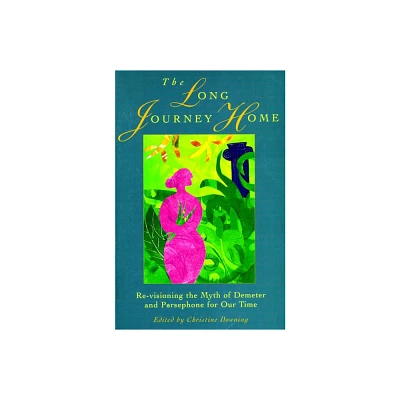Home
the Loneliest Places: Loss, Grief, and Long Journey Home
Loading Inventory...
Barnes and Noble
the Loneliest Places: Loss, Grief, and Long Journey Home
Current price: $19.95


Barnes and Noble
the Loneliest Places: Loss, Grief, and Long Journey Home
Current price: $19.95
Loading Inventory...
Size: Audiobook
*Product Information may vary - to confirm product availability, pricing, and additional information please contact Barnes and Noble
"A child's suicide pitches you into a hellish place of fragmentary images, the deepest depression imaginable, efforts to destroy yourself, and an almost complete break with what's happening in the world around you. That was my experience. I wish it upon no one."
The essays of
The Loneliest Places
began as a chronicle of Rachel Dickinson's life after her son's suicide. The pieces became much more. Dickinson writes the unimaginable and terrifying facts of heartbreaking loss. In
she tells stories from her months on the run, fleeing her grief and herself, as she escapes to Iceland and the Falkland Islands—as far as possible from the memories of her dead son, Jack. She frankly relates the paralyzing emotion that sometimes left her trapped in her home, confined to a single chair, helplessly isolated.
The tales from these years are bleak and Dickinson's journey home, back to her changed self and fractured family, is lonely. Conjuring Emily Dickinson, however, she describes how hope was sighted, allowed to perch, and then, remarkably, made actual.
The essays of
The Loneliest Places
began as a chronicle of Rachel Dickinson's life after her son's suicide. The pieces became much more. Dickinson writes the unimaginable and terrifying facts of heartbreaking loss. In
she tells stories from her months on the run, fleeing her grief and herself, as she escapes to Iceland and the Falkland Islands—as far as possible from the memories of her dead son, Jack. She frankly relates the paralyzing emotion that sometimes left her trapped in her home, confined to a single chair, helplessly isolated.
The tales from these years are bleak and Dickinson's journey home, back to her changed self and fractured family, is lonely. Conjuring Emily Dickinson, however, she describes how hope was sighted, allowed to perch, and then, remarkably, made actual.


















